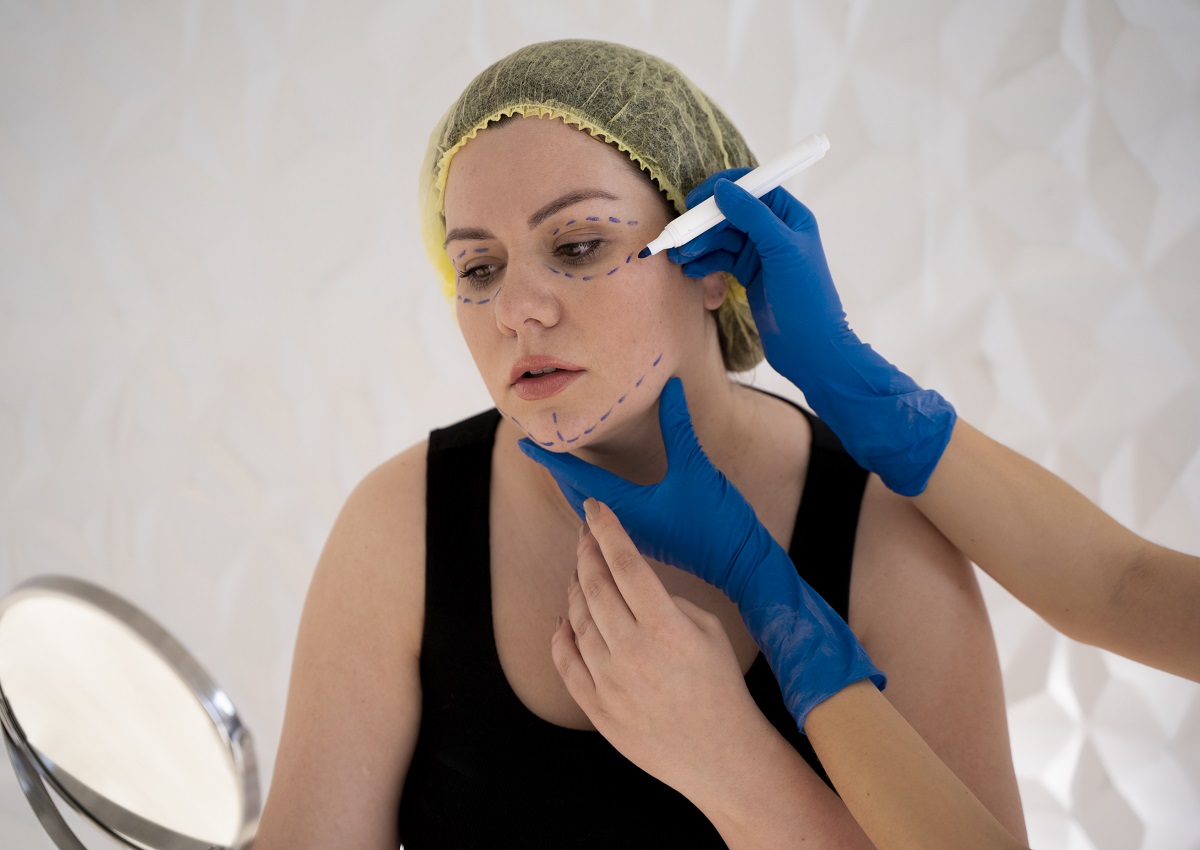
5 types of skin resurfacing
If you’re someone who is struggling with problematic skin, then you know how frustrating it can be to deal with stubborn acne, scarring, or hyperpigmentation. Fortunately, there are various skin resurfacing techniques that can help improve the texture and appearance of your skin. In this article, we will explore five different types of skin resurfacing that can help you achieve a smoother and healthier-looking complexion.
Serum
Serums are liquid or cream-based products that you apply to your face to improve the texture of your skin. They contain active ingredients like vitamins, antioxidants, and exfoliants that work to reduce acne scars, make pores smaller, and give your skin vital nutrients to help it repair. Serums are an excellent choice for those who want to give their skin a boost without undergoing a more invasive procedure.
Laser
Laser skin resurfacing is a non-invasive procedure that uses thermal energy to penetrate deep into the skin. This energy vaporizes damaged skin, stimulates the natural healing process, and encourages collagen production. Laser treatments can focus on specific areas, making them a great choice for targeting acne scars or fine lines around the eyes.
Surgery
While skin resurfacing surgery is a rare procedure, it can be beneficial for those with severe skin problems that are causing significant pain. It’s essential to note that you should only consider surgery if your doctor recommends it. This procedure can be highly effective but also carries significant risks and recovery time.
Profhilo (Injection)
Profhilo is a relatively new injectable treatment that uses hyaluronic acid to stimulate collagen and elastin production in the skin. This treatment helps to soften the skin, reduce the appearance of fine lines and wrinkles, and improve skin laxity. Profhilo injections are a popular choice for those who want to enhance their natural features and achieve a more youthful-looking complexion.
Massage
Facial massages are a real thing, and they can be incredibly effective at releasing tension in facial muscles, improving circulation, and reducing puffiness. Massages typically involve finger pressure on the forehead, temples, and jaw, and they can be done with your hands or with a massage tool. While massages won’t provide the same dramatic results as other skin resurfacing techniques, they can be a great addition to your skincare routine.
In conclusion, there are many different types of skin resurfacing techniques available, and each one offers its unique set of benefits. Whether you’re looking for a non-invasive solution like serum or laser, or something more intensive like surgery, it’s essential to do your research and choose a procedure that’s right for you. Remember, always consult with a qualified skincare professional before undergoing any skin resurfacing treatment to ensure that you’re getting the best possible results.
To get in touch to book in for this, please call Salon House on 020 7404 7067, e-mail us at info@salonhouse.co.uk or you can even send us a DM on Instagram @salonhouse

